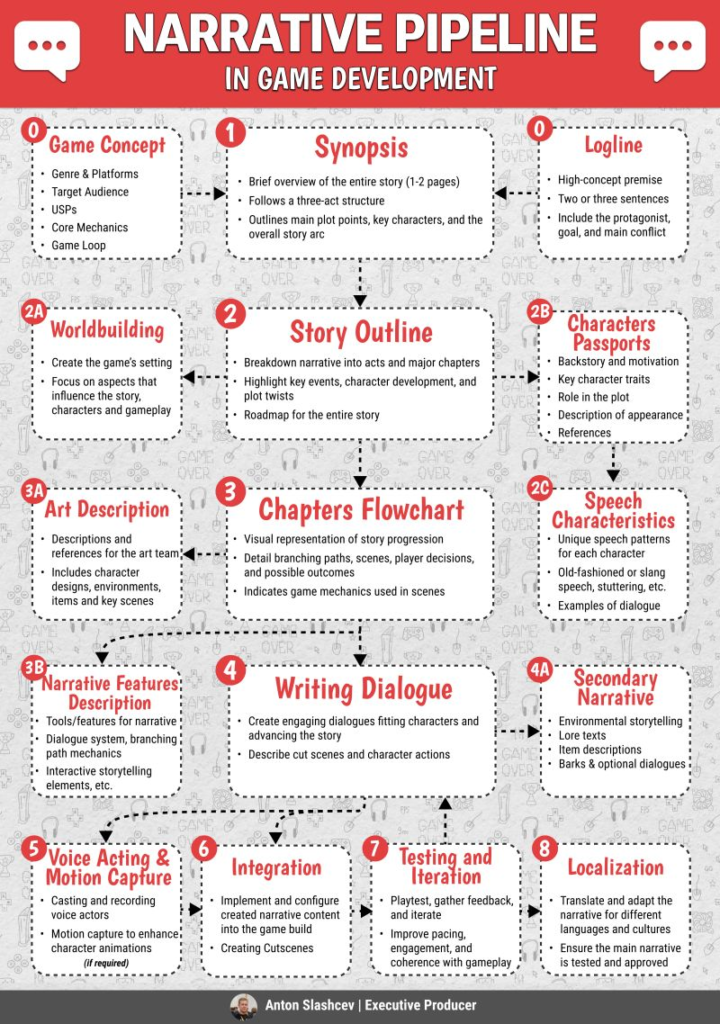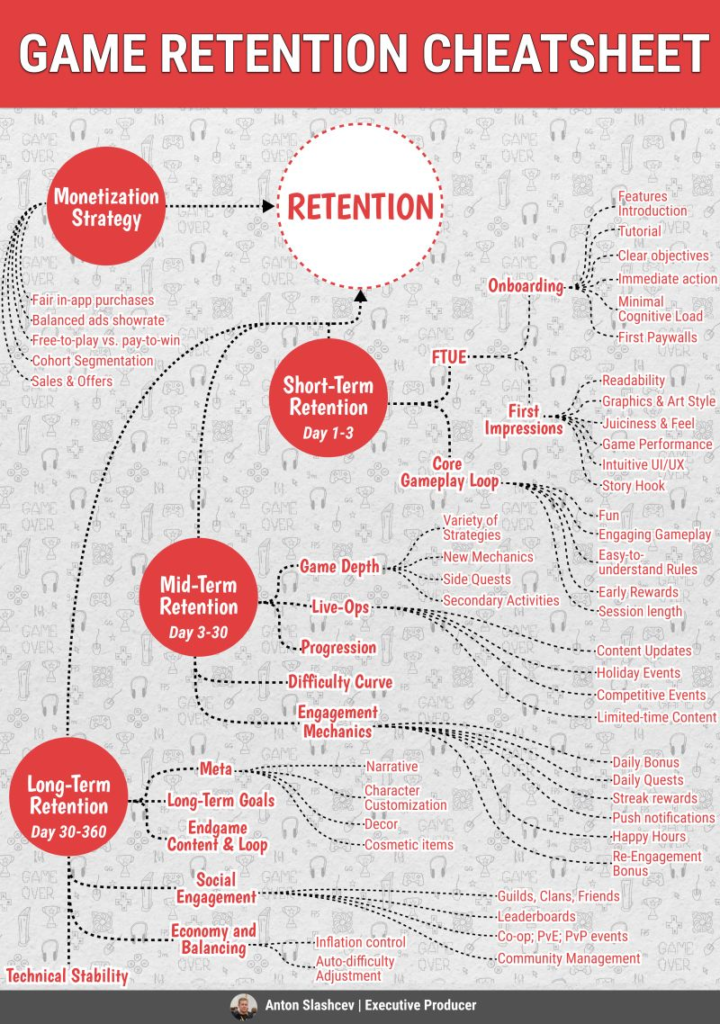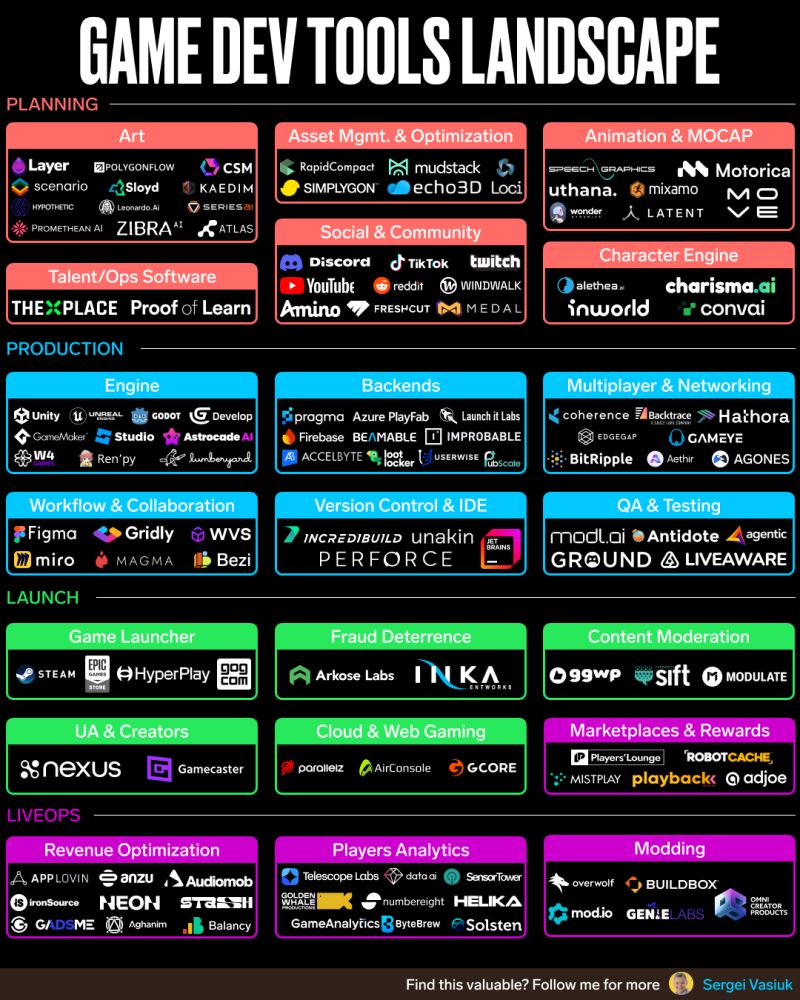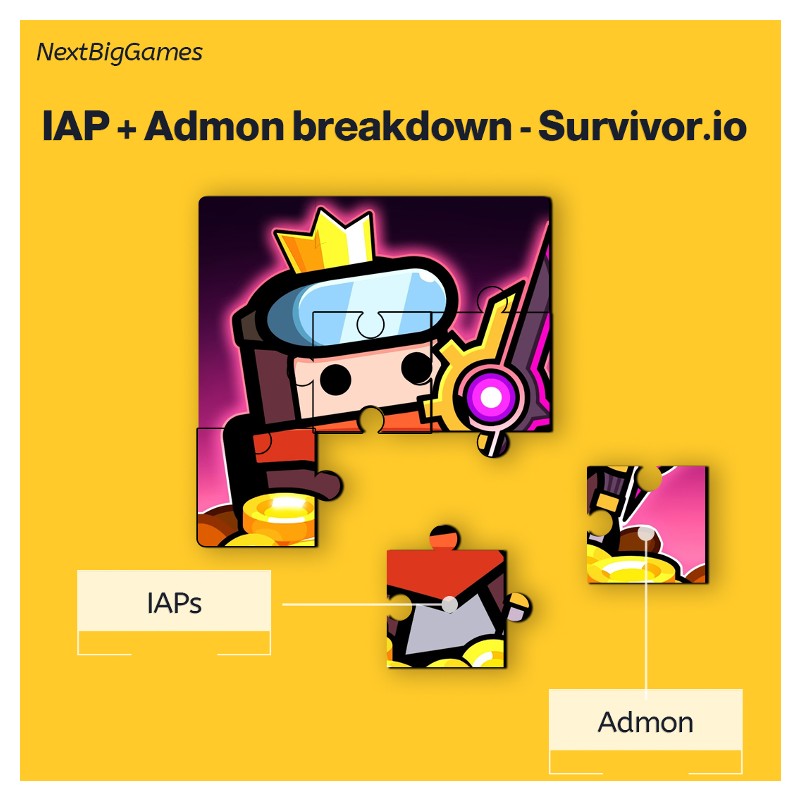There Is No Single Right Approach To A Feature
There's no single right approach to a feature or a game. I learned this lesson early on at Playrix.Years ago, I reviewed a new feature prototype for Fishdom.It was complex, experimental, and heavily inspired by another game.After playing, I felt the prototype missed the mark.The feature didn't evoke the desired emotions like its reference.So, I prepared detailed feedback:• Pointed out the flaws and differences• Suggested changes to align it closer to the referenceI was confident my feedback was perfect.I thought I found the only "right answer," as if it was a math equation.Later on, my mentor looked at my feedback and said:💬 "Anton, your feedback boils down to remaking everything from scratch to get closer to the initial reference.While that may be valid, did you consider finding something that works well and could be developed in a new direction, even […]













